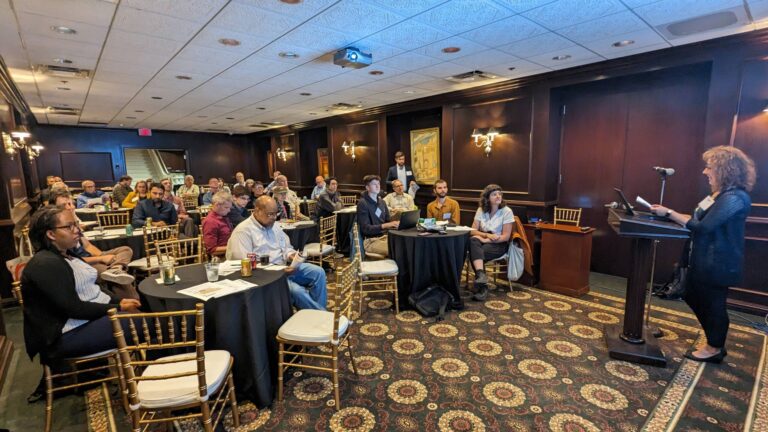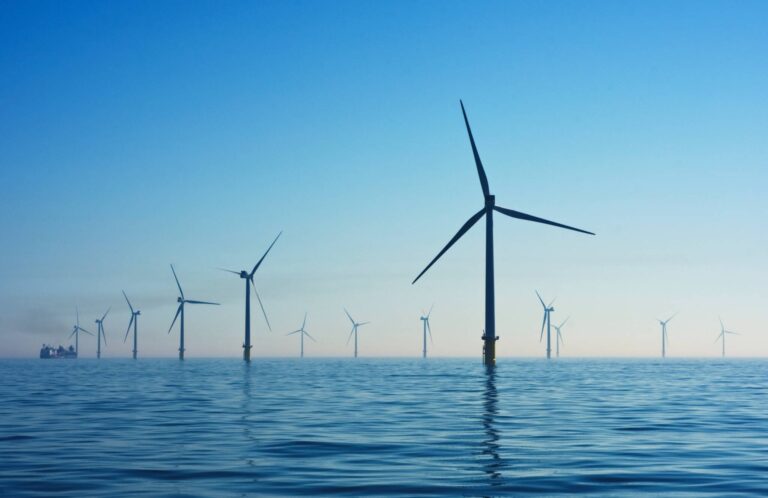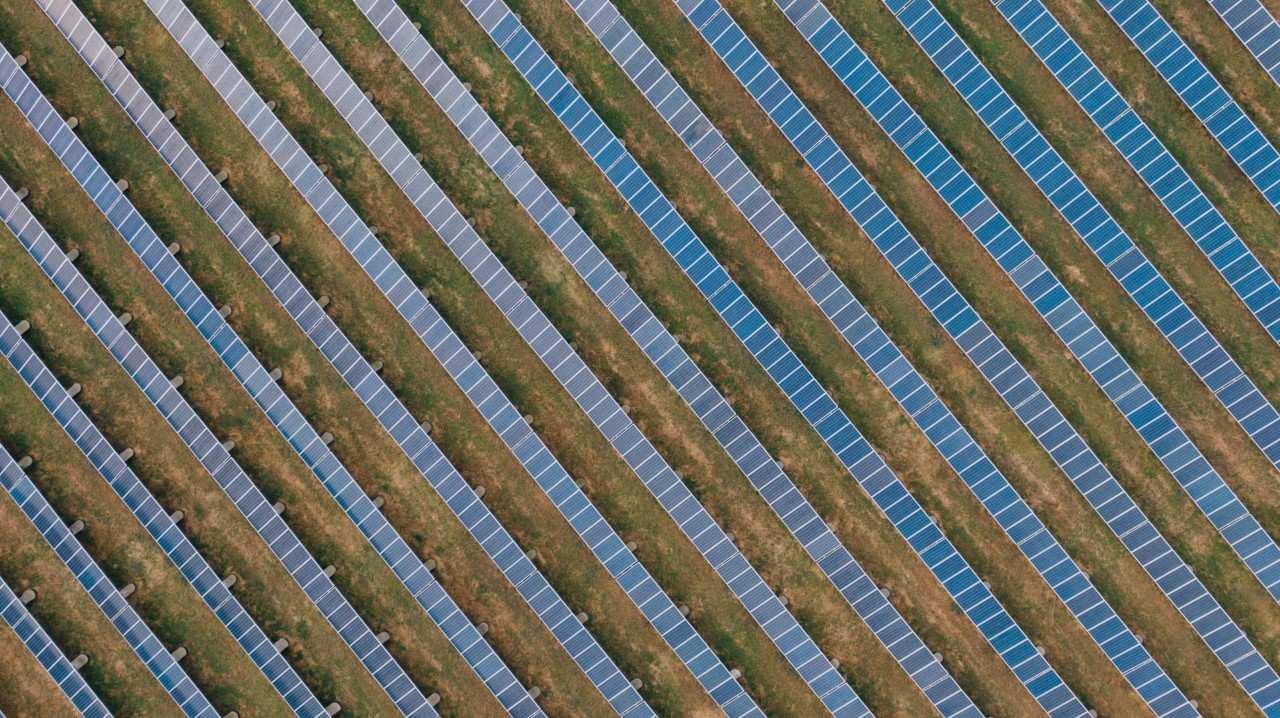By Ronald Fisher 3/3/2021
Like everyone, I am shocked by the suffering taking place in Texas as a result of infrastructure failures caused by extreme weather conditions. And, like many, I have been thinking about whether what happened there could happen here in Pennsylvania. Could we experience widespread system power outages for days at a time? Could our electricity bills increase to 50 or more times their usual amount?
There are several factors to consider. But first, it’s important to understand that what people refer to as the nation’s electricity grid is actually a hodge-podge of power plants and wires. The wires are mainly owned by regulated utilities like PECO and PPL. The power plants are owned by hundreds of different companies, some of which are regulated monopolies, others not. But regulated or not, almost all of them are subject to the jurisdiction of a patchwork of sometimes inconsistent federal, state, and local government and quasi-governmental rules and guidelines.
Why did Texas happen?
First, the obvious. In many warm weather states like Texas, fossil fuel-fired generating stations look very different from the ones you likely pass anytime you are on an interstate highway in the Delaware Valley. The big difference—ours have walls! Here, all those pumps, heat exchangers, and boilers are protected inside buildings and are weatherized. Wind turbines, of course, don’t need walls. But they do need protection against extreme cold. In many southern states, much of that equipment, both gas-fired and wind, is unprotected. Does that mean power plants in Pennsylvania never experience unplanned outages? Of course not. But when they do, it’s usually a problem isolated to one facility, not widespread as occurred in Texas.
In addition, owners of wires and power plants in Pennsylvania are required to belong to a multistate organization that coordinates their operations on a regional basis, from New Jersey west to parts of Illinois, from Pennsylvania south to parts of Virginia. That organization, called PJM Interconnection, also runs the wholesale market for electricity where generators and suppliers (like The Energy Co-op) sell and buy power. PJM’s members designed a market where generators are paid not only to produce enough electricity for typical conditions, but also to have enough extra capacity in case a lot more is needed in an emergency. The Texas grid does not provide for these payments. There is no incentive for companies to invest in extra emergency generating capacity. The result? There wasn’t enough back-up electricity in Texas when the unexpected occurred.
So why didn’t Texas just import electricity from nearby states?
Because it couldn’t. The electricity grid in Pennsylvania is also regulated by another quasi-governmental body called ReliabilityFirst, which focuses on ensuring the reliability of interstate interconnection of wires so that the regional grid is capable of delivering large amounts of electricity across state lines when needed. But, unlike Pennsylvania, Texas chose to isolate its grid from that in the rest of the country. So, when it needed to import large quantities of electricity from other states during last month’s emergency, it couldn’t.
So, can what happened in Texas happen here?
Some point to the relatively brief outages that occurred during the January 2014 polar vortex as evidence that it could. But that comparison is misleading. About 20% of generating capacity in all of PJM’s territory was impacted in 2014 and wholesale prices spiked to just under $2,000 per megawatt-hour (MWh) for only one hour in PECO’s service area. By comparison, those rates in Texas last month were between $2,000 and $9,000 per MWh for about 144 hours, or 6 full days, because almost half of the generating capacity in that state was forced offline by weather and the poor choices noted above.
So, sure—unforeseen extreme weather conditions can happen anywhere. But we hope you’re better able to come to your own conclusion about the possible impacts after considering the safeguards built into the design and function of both the national grid to which Pennsylvania is interconnected and our regional grid.
What about the outrageous electricity bills sent to some consumers in Texas?
By now, you’ve probably heard about people whose monthly electricity bills skyrocketed into the thousands of dollars as a result of the price spikes in the wholesale electricity market there. Some have misled the public by identifying third-party suppliers like The Energy Co-op and variable rate offers as the culprits. That misleading conclusion wholly ignores the root cause of the price spikes in Texas—inadequately weatherized power plants operating in a poorly designed wholesale market that is isolated from the national grid. It also assumes that all variable rates and all third-party suppliers are the same. But are they?
First, it’s not just third-party suppliers whose rates vary. PECO’s electricity rates are subject to, and often do, change every three months. Theirs are three-month variable rates. Does that pose a risk? According to the Department of Energy, in the 10 years ending in 2019, the cost of electricity supplied by utilities to residential customers increased more than 11% while the cost of electricity supplied by third-party suppliers went down by 14%, a variance in the relative cost of over 20%.
Second, not all variable rates are created equal. As noted above, some variable rates (like PECO’s) may change every three months, some monthly (like The Energy Co-op’s), and others daily. According to most reports, these rates subject to change daily were the culprit in Texas. Referred to as indexed rates, the consumer’s electricity cost can rise and fall with wholesale market prices, which change every hour. So, if the market price spikes by 200 times for the reasons they did in Texas, then consumers’ costs also increase by 200 times. These indexed variable rates are permitted in Pennsylvania and, although they might be appropriate for sophisticated industrial and large commercial accounts, homeowners should definitely avoid them. In fact, a good way to identify trustworthy third-party suppliers from the rest is to ask if indexed variable rates are offered to residential accounts. And if they are, run the other way. To be clear, The Energy Co-op does not offer an indexed variable rate product.
Third, not all variable rates are comparable. For example, the Department of Energy reports that 20% of electricity produced in the U.S. last year was generated by renewable resources. Suppliers, including utilities like PECO, are required to source only 8% of their electricity from renewable sources (which in Pennsylvania include clean sources like solar power but also wood chips and coal-mine methane). A few suppliers, like The Energy Co-op, offer not only 100% renewable electricity supply, but only from wind and solar sources. If you want your family to eat only organic apples, you’re willing to pay more. If you want cleaner air, if you want to address climate change, if you want to invest in the local clean energy economy, it costs more.
Finally, most third-party suppliers are for-profit companies that, quite rightly, operate only to maximize profit for the benefit of their investors. The Energy Co-op is the only local, nonprofit cooperative supplying renewable electricity in southeastern Pennsylvania solely to advance its members’ shared interest in accelerating our region’s transition to cleaner, more sustainable, renewable energy.





